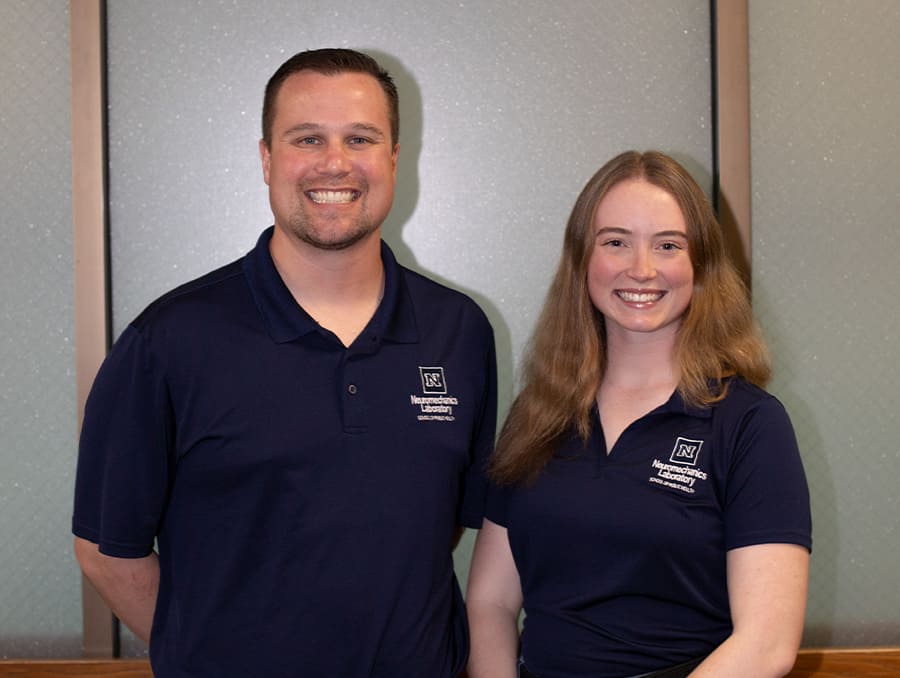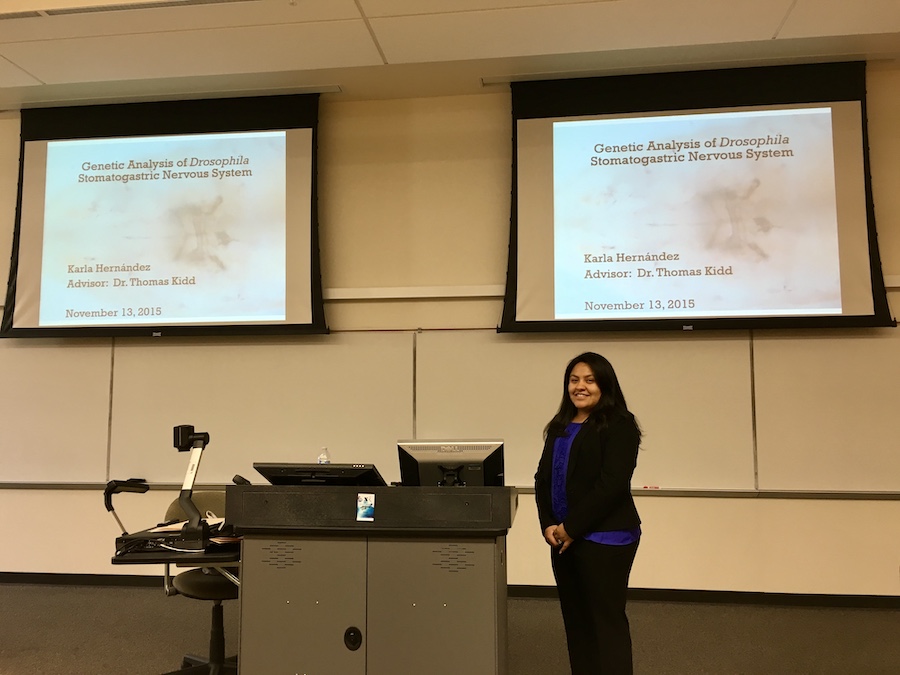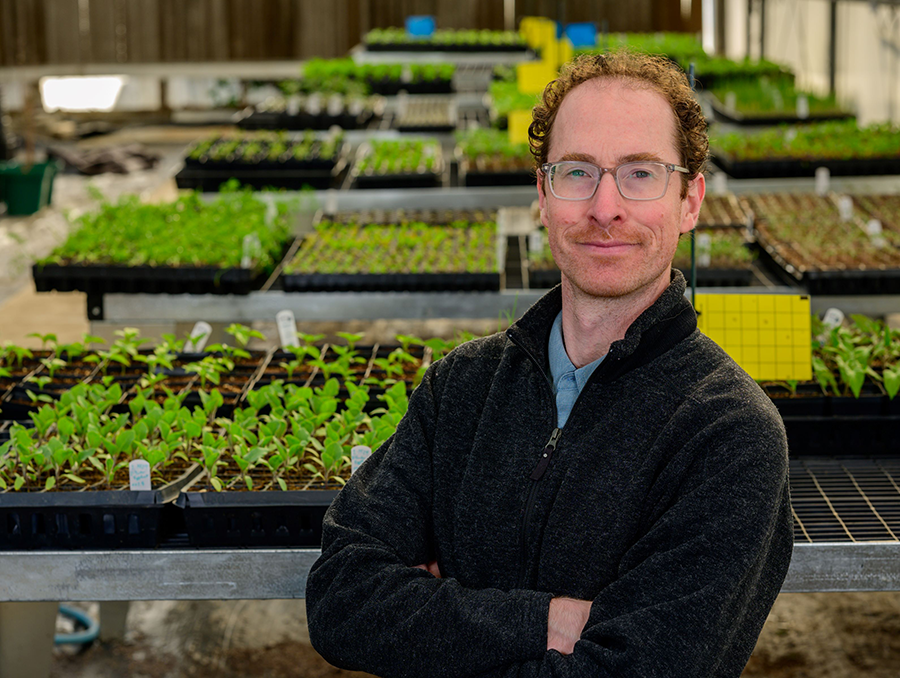A tale of two researchers: one retired, the other up and coming in his career.
One from the University of Hawai'i School of Medicine, the other from the University of Nevada School of Medicine.
A common research background in fertility and reproductive science and mutually professional esteem led pioneer reproductive biologist Dr. Ryuzo Yanagimachi to accept a visiting professorship in the lab of Wei Yan, M.D., Ph.D., at the School of Medicine this summer.
The two men were aware of each other's success through their mutual reputations in the scientific community and Yan so reached out to Yanagimachi inviting him to his Reno lab for several months this spring and early summer.
"He knows everything and is the authority on sperm," said Yan, who is making tremendous strides in male infertility research himself working with mouse models.
"He is a role model for me. He noticed my work and I wanted him to witness some breakthroughs in my research this summer," said Yan, adding that having a renowned researcher such as Yanagimachi on campus helps bolster the image of the School of Medicine and the University of Nevada, Reno within the scientific community.
Together, Yanagimachi and Yan are attempting to unravel the mysteries of how sperm develop the ability to move.
Dr. Yanagimachi has made numerous discoveries that have had a huge impact on mammalian fertilization including developing techniques leading to the successful fertilization of human eggs and the birth of the first test tube baby in the 1970s. He invented intracytoplasmic sperm injection which has been used widely in fertility clinics around the world to help infertile men become fathers. His lab was also the birthplace of the first cloned mice.
Yan's lab has identified many genes that are essential for normal sperm production and male fertility. His lab has also discovered several novel species of small noncoding RNAs abundantly expressed in the testis during sperm development.
"This opens a new avenue towards understanding the role of these small RNA species in the control of sperm production. Since these small RNAs are involved in the control of sperm formation, they can be causative factors in male infertility and also can be used as non-hormonal male contraceptive targets," said Yan.
Yan has made sure that he is not the only researcher in his lab benefiting from interactions with such an esteemed scientist as Yanagimachi. He encourages his research assistants and graduate students to have individual time with him on a weekly basis for consulting, which pleases Yanagimachi, who wants to stay in touch with young people.
For his part, Yanagimachi, who retired in 2004, continues active scientific investigation, mentoring of junior scientists and collaborating with reproductive biologists around the world.
"I'm impressed with Wei's group because my research is similar; we do our own experiments in the lab; mine are on fish and insects," he said.
Yanagimachi maintains a small lab in Hawai'i and continues research even into his retirement years. The idea of collaborating with Yan appealed to him because of the similarity of their research in the related fields of reproductive biology and fertility.











